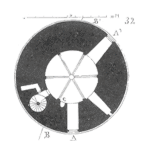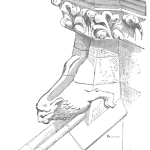
3 Steps to Improve Your Reliability Culture
podcast episode
The reliability culture of an organization is about how individuals make decisions. It combines priorities & policies, behaviors & motivations, and information & capability. Understanding the current culture allows you to improve the culture.
[Read more…]












